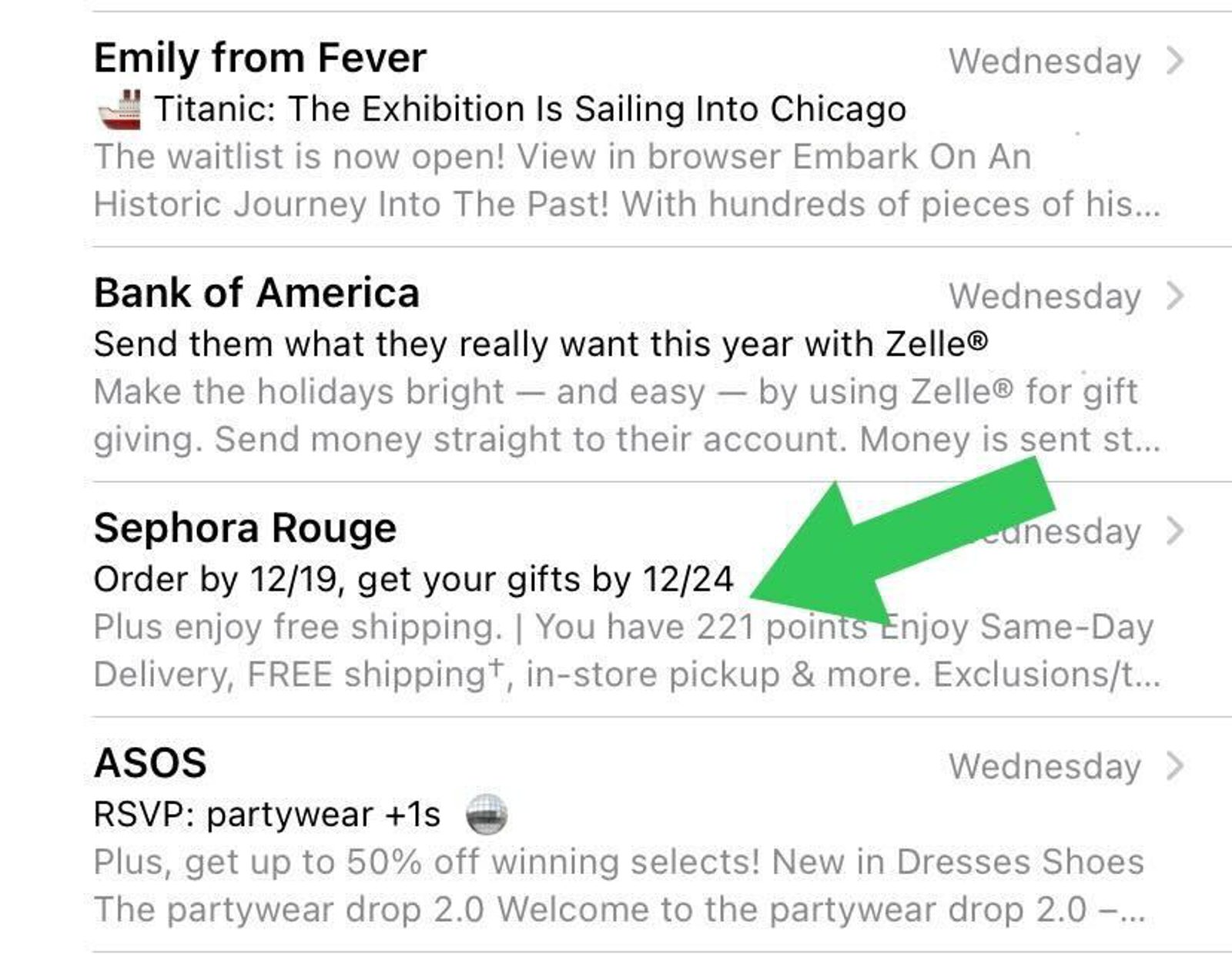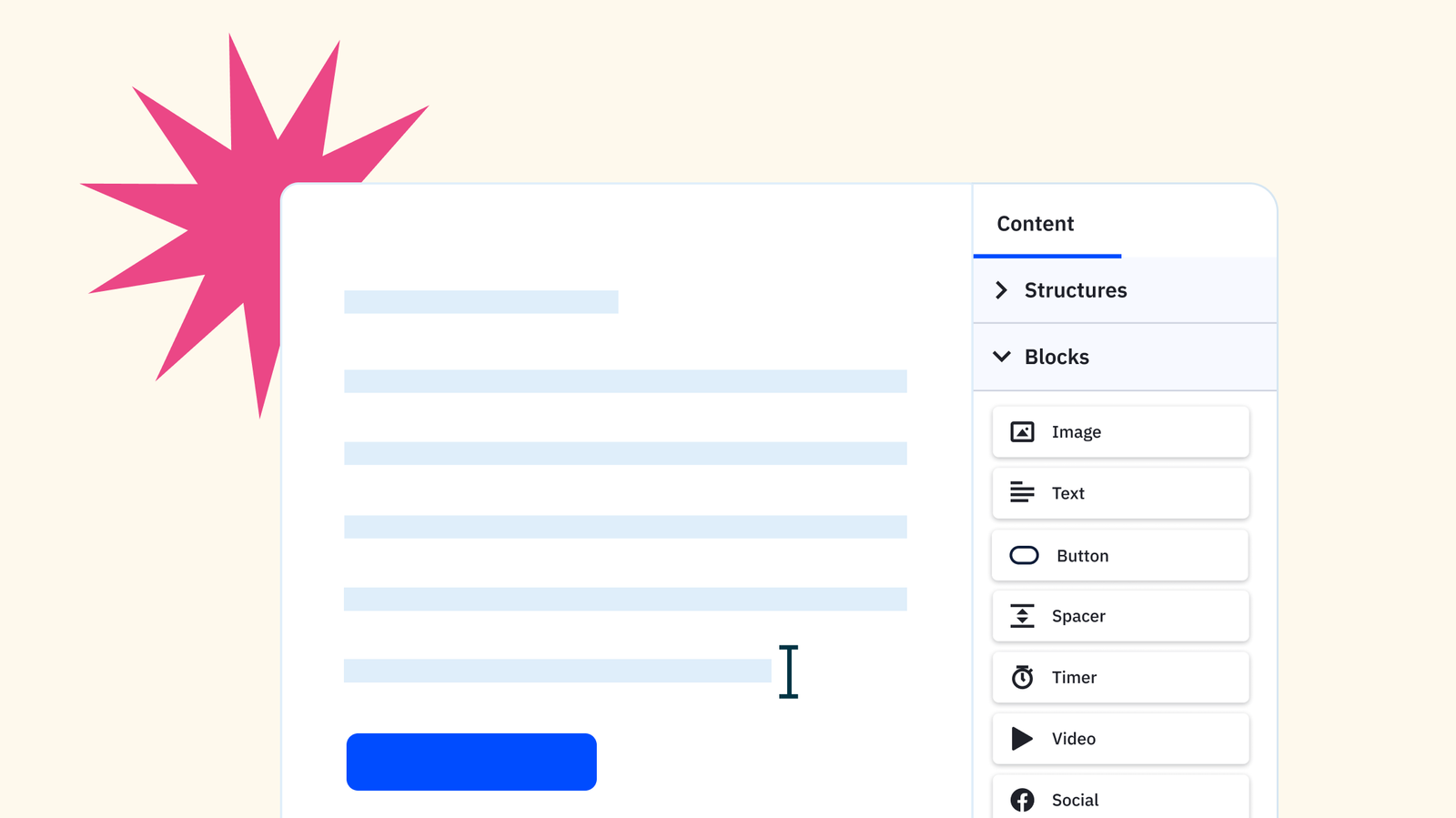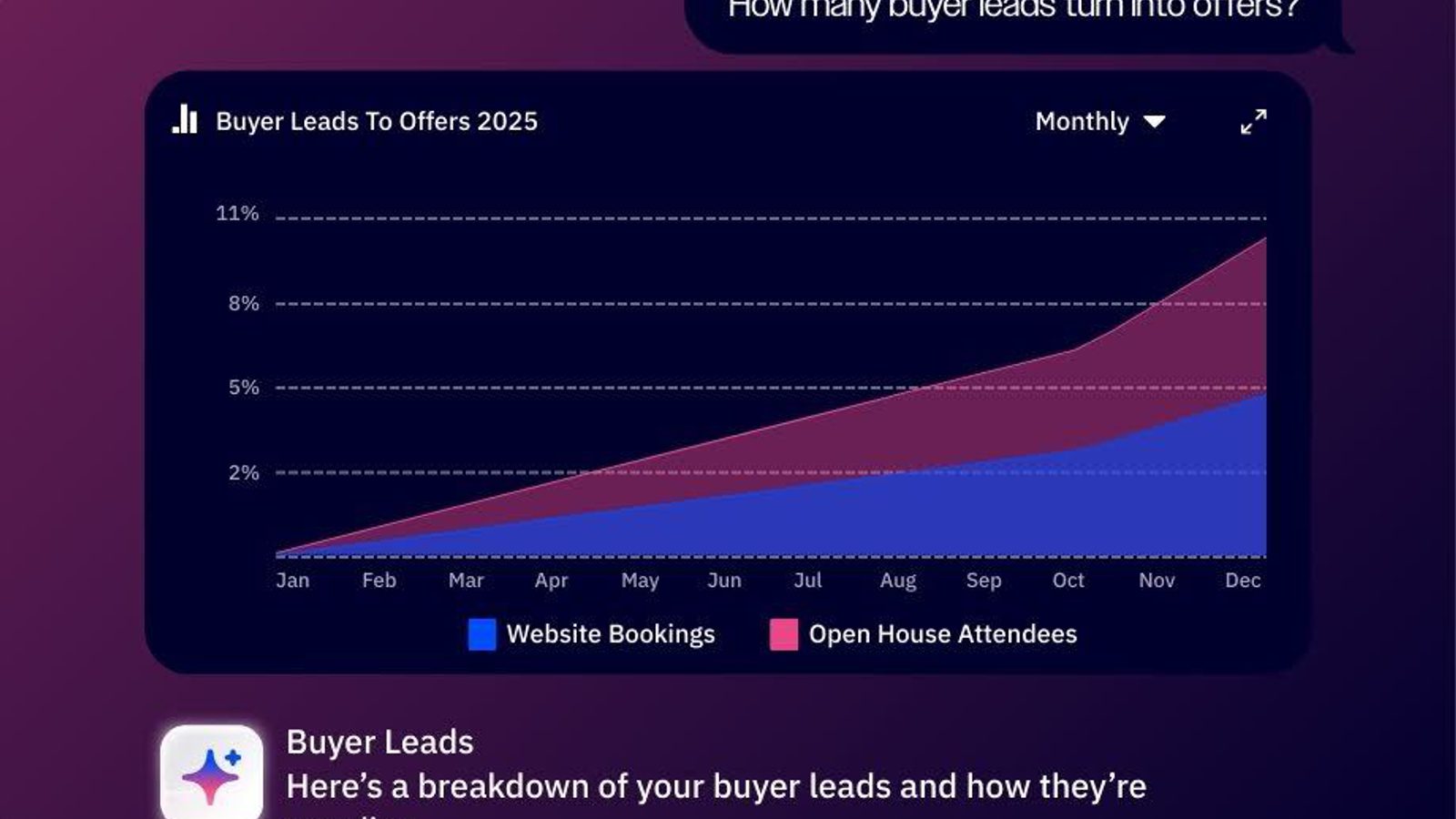There's no one way to write an email. With different use cases and formats, each type of email serves a different purpose and delivers a unique message.
In this post, we’ll talk about everything you need to know about how to write an email, including tips on writing great email subject lines, crafting a follow-up email, email formats, different types of emails like winback emails and "We miss you" emails, and more.
There's much to take into account when crafting your email copy, so let's first talk about the importance of writing a good email.
What's a good email anyway?
Because digital communication is the primary medium many industries use to talk to their customers, clients, and audience, it's crucial to have the right attitude and strategy when writing a formal email. Communicating online (through emails, social media, and even virtual meetings) prevents us from reading body language and nuanced communication cues. This is why writing an email that's clear, valuable, and powerful is so important.
A well-written email can:
• Give your recipients clarity around a subject matter
• Establish your brand or company as a reliable source of truth
• And save time
Whether it's marketing-related, like a product launch email or a limited-time offer, or sales-related, like a cold email or a meeting invite, structuring your email copy can make a run-of-the-mill email really shine.
How to write an email: types and things to keep in mind
There are different "steps" to writing a formal email that you're probably familiar with, like writing multiple email subject lines, A/B testing if possible, crafting an eye-catching preheader, and more.
Let's start with the subject line.
Email subject lines
The subject line is the first thing your recipients will see when you send your email. It's the hook, the most important lever to entice them to engage with you. It has to be good.
There are a few things good subject lines do:
- Grab attention in the inbox
- Take advantage of emojis
- Write like a human being
- Ask a question
Types of email subject lines
There isn't a one-size-fits-all subject line rule. While correcting spelling and sticking to your brand tone are common across all email subject lines, there are other considerations you should consider when crafting copy for win-back email subject lines and re-engagement email subject lines.
Win-back email subject lines
A customer win-back email is a carefully crafted message aimed at rekindling a subscriber’s interest, particularly when they’ve stopped engaging with and opening your previous emails. As you can imagine, the way subject lines are phrased for this type of email is different than something like a holiday promotion email. You're trying to win back the customer and pique their interest.
Re-engagement email subject lines
If you notice your email engagement rate slipping, there's a high chance it's because your customers don't find your emails enticing enough to click on. Your goal is to rekindle fading connections and reignite customer engagement, and you can do this with a re-engagement email.
Email preheader
Subject lines are not the only thing that's important when capturing the customer's attention. Your email preheader gives you the chance to include more information about the contents of the email, something the character limit of your subject line does not afford you.
Email preheader text is a small line of text that appears after the subject line in an email inbox. It gives a short summary of the email and can extend your thoughts from the subject line.

This email from Sephora is a great example of using preheader text to continue the offer in the subject line. If the space is there to communicate a message to your email list, use it! For fast email copy improvements, check out our free email copywriting templates.
Types of emails
There are dozens of types of emails you can send to your email list. From basic newsletters to more complex bottom-of-the-funnel email sequences, each type serves a specific purpose and should be formatted differently.
Email blasts
Did you know thatmore than half the world’s population (over 4.2 billion people) are active email users? That number is projected to reach over 4.7 billion by the end of 2026.
Email is the medium to reach the largest portion of your audience. While engaging your customers on social media platforms like Instagram and YouTube are also effective in their own right, an email blast (when done right) has the most potential to capture attention.
Some people may hear email blast and think of annoying, repetitive emails they see in their inbox that don't really say anything. But if you clean your email list, enlist the help of an email template, and segment your audience so you're targeting the right people, they can be an efficient and effective way to spread a message.
Follow-up emails
The purpose of follow-up emails isn’t to initiate a conversation but rather to act as a prompt or reminder.
Statistics show that one email alone garners a modest 9% reply rate on average. Yet, by integrating just one follow-up message, you catapult your average reply rate to around 13%. It goes on like this. The perfect balance seems to be two to three follow-up emails, with the first follow-up netting a whopping 40% higher reply rate compared to the initial outreach.
And while persistence is key, the art of the follow-up is in the timing—not the frequency.
Follow-up emails can be incredibly effective, but the boost in engagement is a balancing game that will be different for every company.
Reactivation emails
A reactivation email (also called a win-back email) is a targeted message sent by businesses or organizations to existing customers who have shown decreased engagement or inactivity over a certain period of time. The purpose of a reactivation email (and the overarching reactivation campaign) is to rekindle the recipient’s interest and encourage them to reconnect with the brand, service, or platform.
These emails often contain personalized content and sometimes include incentives such as special offers or discounts to entice recipients to re-engage.
Re-engagement emails
A re-engagement email is similar to both reactivation emails and win-back emails.
The goal of a re-engagement email is to get people to interact with your emails, which is no easy feat. But when it comes down to it, going after an inactive subscriber is 5 times cheaper than acquiring a brand-new customer.
"We miss you" emails
"We miss you" emails are just what you'd expect: an email that plays into emotion to get subscribers to interact with your content again.
The perfect “we miss you” email marketing campaign is more than just a gentle reminder to email subscribers that you’re still around; it’s an art form that combines creativity, personalization, and strategic thinking. You should use emotion in your copy to elicit a sense of FOMO from your subscribers. It's incredibly powerful when paired with a discount code or free offer.
Business email examples
There are dozens of business emails you can write over the course of your career. Maybe you're a sales rep sending cold outreach to potential customers. Or maybe you're on a marketing team and need to reach out to propose a partnership with an influencer. Every professional email will be a little different from the next, and using formal language won't always be the best route to connect with the recipient. Some emails are far more effective with fewer formalities and a more friendly tone.
Last minute double checks
Before you send, there should always be a final check.
- Proofreading is essential. You don't want to send an email to your customers that has glaring spelling errors or grammar mistakes. Coming off too “buddy buddy” when your email should have a professional tone is among the worst mistakes you can make when sending marketing emails. Whether sending an informal email or a formal email, proofreading your copy is the first thing to do to ensure you're buttoned up.
Use a professional email address. Typically, when sending an email, you'll send it from the address your company provided. If you're sending an email from your personal email address, you can make sure you appear professional by having or creating a new account with your full name. Stay away from funny phrases and numbers. An email coming from davidbillings@gmail.com is more professional than one coming from DeeBILLZ@gmail.com.
- To elevate your email even more, include a formal email signature with your full name, phone number, and, if applicable, a link to book a short meeting.
Put your skills into action
Now that you've learned how to write an effective email, you're ready to wow your audience.
ActiveCampaign’s advanced marketing automation capabilities can help you send professional, stylish business emails today. Our intuitive user interface makes it easy for experts and beginners to create professional and beautifully designed email templates, giving you time to focus on crafting the copy, testing subject lines, setting up your first automation, and developing your company's email strategy.
You're ready. Sign up for a free trial of ActiveCampaign now.





